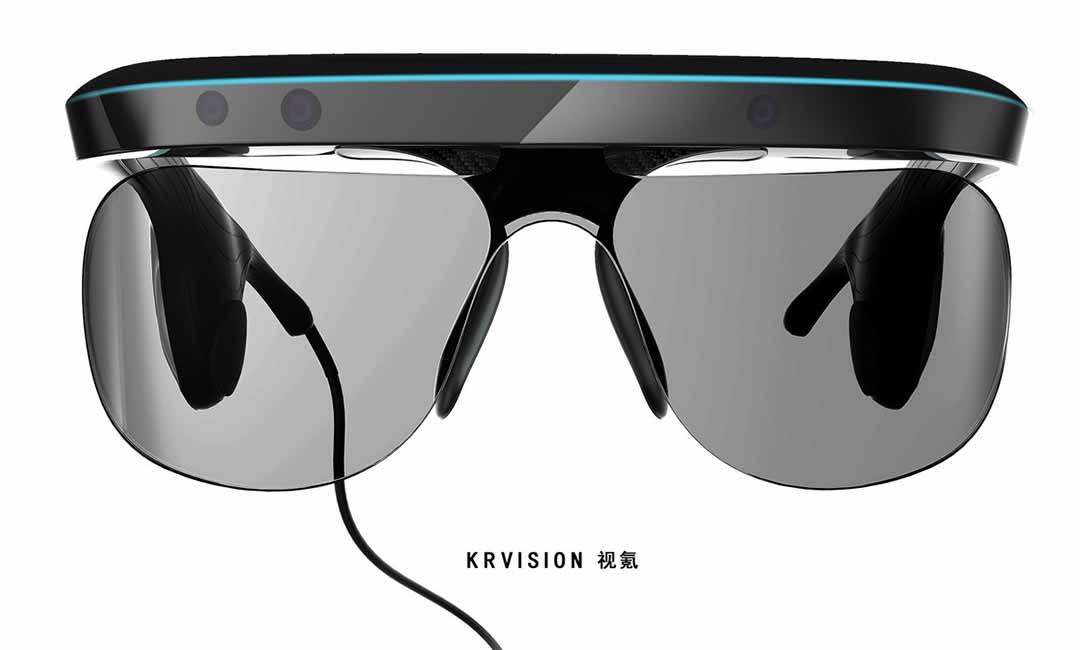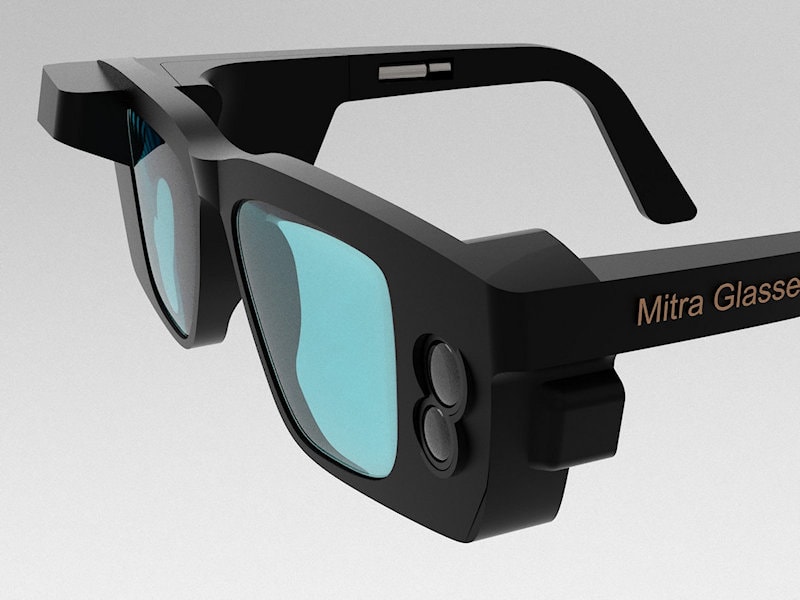AI-Powered Visual Aids: The Next Step in Assistive Technology for the Blind
AI-Powered Visual Aids: The Next Step in Assistive Technology for the Blind
Blog Article
Discover Advanced Assistive Devices for People With Visual Impairments
The landscape of assistive innovation for people with visual problems is advancing swiftly, offering a series of cutting-edge devices that improve freedom and involvement (Braille displays and notetakers). From clever glasses that seamlessly combine visual input with auditory advice to innovative navigating applications that redefine spatial understanding, these devices are improving possibilities. The latest improvements in Braille modern technology and voice-activated systems substantially contribute to accessibility. The implications of these growths extend far beyond simple capability; they test standard perceptions of handicap and freedom. What might this suggest for the future of inclusion and assistance?
Smart Glasses Innovations
Smart glasses stand for a considerable advancement in assistive innovation for individuals with aesthetic impairments. Equipped with sensing units and electronic cameras, clever glasses can catch real-time visual details, which is after that processed and shared to the individual through sound responses or haptic feelings.
Moreover, innovations in expert system have better improved the capabilities of clever glasses. Artificial intelligence algorithms can identify faces, read text, and identify items, making them vital tools for day-to-day tasks. Customers can get acoustic hints that offer context concerning their environment, cultivating independence and self-confidence.
In addition, the ergonomic style and lightweight nature of lots of wise glasses make them suitable for long term use, ensuring comfort while enhancing performance. As these tools continue to progress, they hold the potential to transform the means individuals with aesthetic problems experience their lives, connecting the gap between availability and technology. The continuous research study and growth in this field pledge to increase the opportunities for wise glasses, making them a vital component of modern-day assistive devices.
Navigation Apps and Equipment
Countless navigation applications and devices have emerged as crucial resources for individuals with visual problems, significantly enhancing their ability to go across unknown atmospheres. These technologies utilize general practitioner functionality, audio hints, and real-time information to offer individuals with exact navigating aid.
One prominent example is the Aira application, which links individuals to qualified agents who can supply visual descriptions of surroundings and navigating advice via an online video clip feed. This service enhances the individual's spatial awareness and self-confidence while navigating. An additional notable device is Seeing Eye GPS, which uses voice-guided navigating and sights, making it possible for individuals to accessibility vital information concerning their environments.

As modern technology remains to breakthrough, the development of a lot more sophisticated navigation tools assures to further encourage individuals with visual impairments, assisting in smooth mobility and assimilation into varied atmospheres. Such innovations contribute in promoting an extra comprehensive culture.
Braille Technology Innovations
In recent years, innovations in Braille modern technology have actually dramatically transformed how people with visual impairments accessibility info and involve with the globe around them. The advancement of portable Braille displays has actually reinvented reading by allowing users to link wirelessly to tablet computers, computers, and mobile phones. These tools transform text into Braille in real-time, enabling seamless interaction with electronic content.
Additionally, ingenious Braille printers have emerged, improving the manufacturing of tactile materials. Modern embossers are quicker and extra efficient, enabling the quick production of Braille records and academic products. This efficiency lowers the time and price connected with producing Braille resources, making them a lot more available to schools and organizations.
Additionally, the combination of Braille with various other technologies, such as expert system and artificial intelligence, has actually opened up brand-new methods try this for customized understanding experiences. Voice acknowledgment and synthesis innovations can enhance Braille, offering an inclusive approach to info dissemination.
As the demand for inclusive education and workplace environments grows, these technological innovations play a vital duty in empowering people with aesthetic problems, guaranteeing they have equivalent accessibility to info and chances in different aspects of life.
Wearable Instruments for Self-reliance
An expanding range of wearable devices is improving self-reliance for people with visual problems, providing innovative options that enhance navigating and daily living. Braille displays and notetakers. These gadgets utilize advanced technologies to provide real-time responses and assistance, promoting freedom in different settings

Wearable innovation likewise consists of smartwatches that can be configured with ease of access attributes, making it possible for customers to get notifications, track their locations, and even ask for support with the touch of a button. Some devices incorporate man-made knowledge to examine the environment, offering audio descriptions of nearby things or individuals.
Voice-Activated Assistive Solutions
Leveraging voice-activated assistive remedies has changed the landscape of assistance for people with aesthetic problems, supplying hands-free communication and accessibility to a variety of tasks. These technologies use natural language processing and expert system to make it possible for individuals to do daily tasks with basic voice commands.

Furthermore, current developments in voice recognition accuracy have actually boosted the user experience significantly, accommodating varied accents and speech patterns. This inclusivity ensures that even more individuals can gain from these technologies, fostering a better sense of freedom.
Conclusion
In final thought, the advancement of advanced assistive tools significantly improves the independence and lifestyle for individuals with aesthetic disabilities. Technologies such as wise glasses, navigation applications, Braille innovation, wearable devices, and browse around this site voice-activated services jointly foster a more inclusive environment. These modern technologies equip customers to navigate their environments with confidence and engage even more totally with the globe, eventually advertising greater accessibility and equal possibilities for individuals facing aesthetic challenges.
The landscape of assistive modern technology for individuals with visual problems is evolving quickly, providing a range of innovative gadgets that boost autonomy and involvement.Smart glasses stand for a considerable innovation in assistive modern technology for individuals with aesthetic problems. As these tools continue to advance, they hold the prospective to change the way individuals with visual disabilities experience their day-to-day lives, bridging the space in between access and technology.In recent years, improvements in Braille modern technology have significantly transformed exactly how people with aesthetic problems access details and engage with the globe around them. These innovations encourage customers to browse their surroundings with self-confidence and engage more fully with the globe, eventually advertising better availability and equivalent possibilities for individuals facing aesthetic obstacles.
Report this page